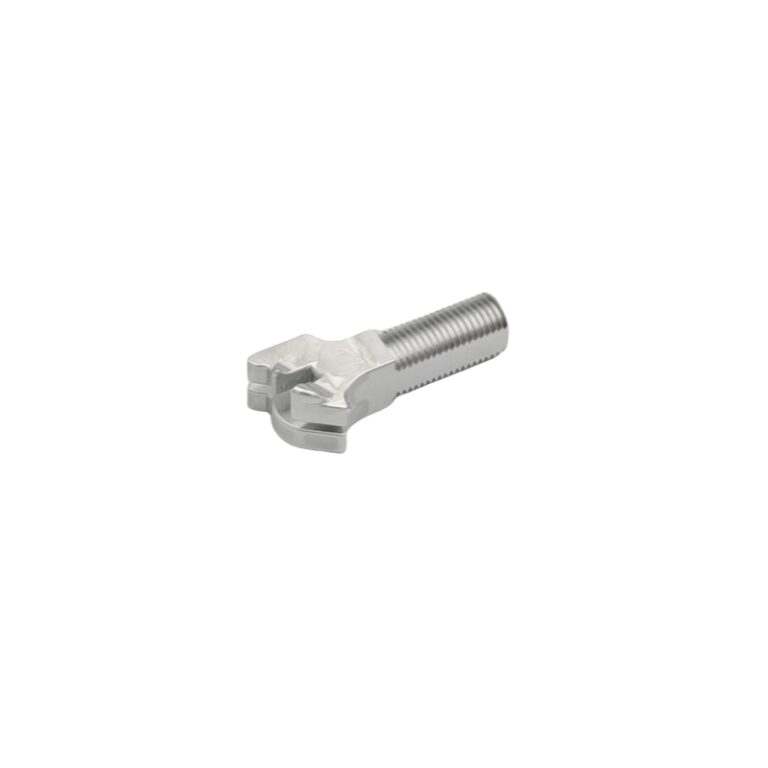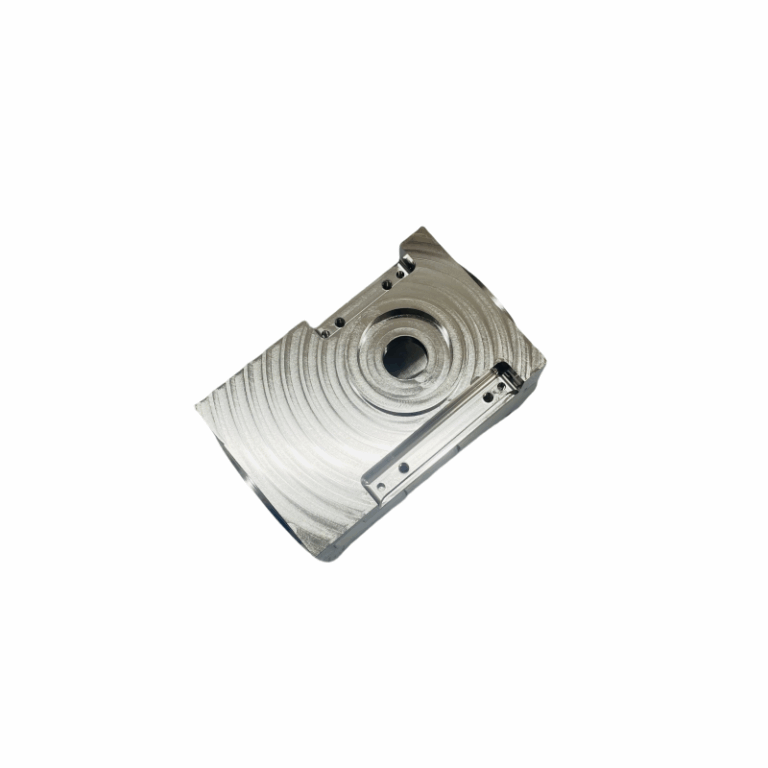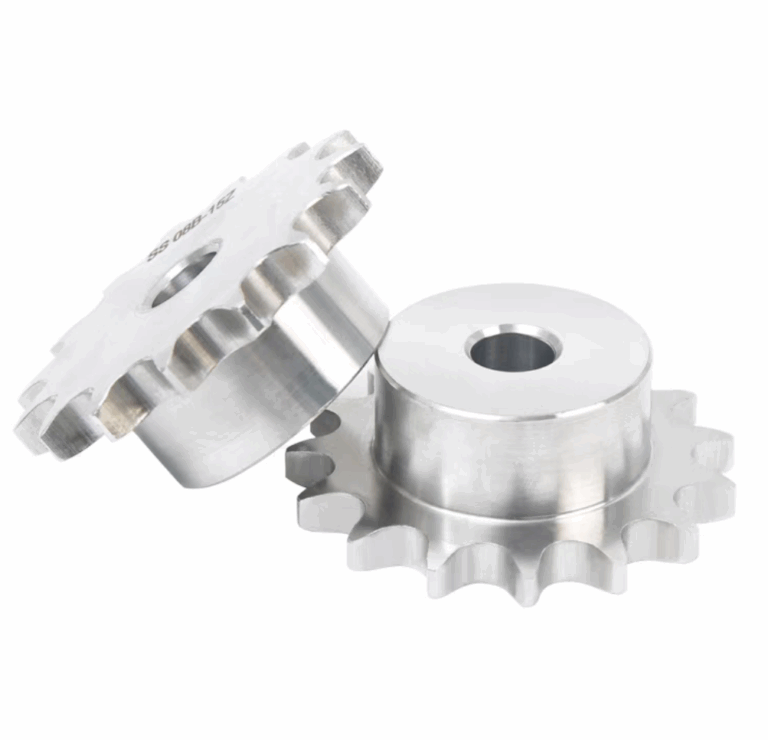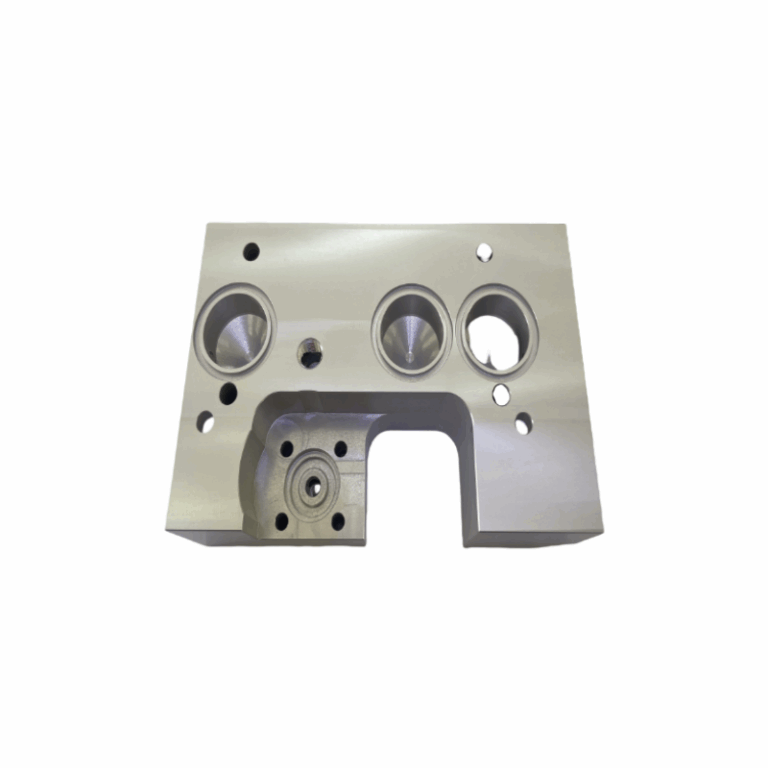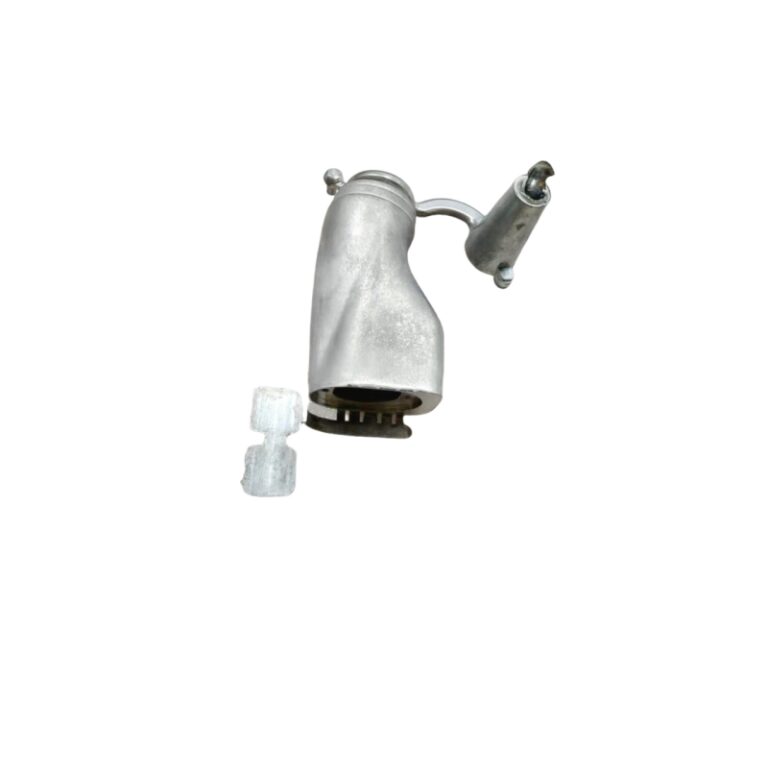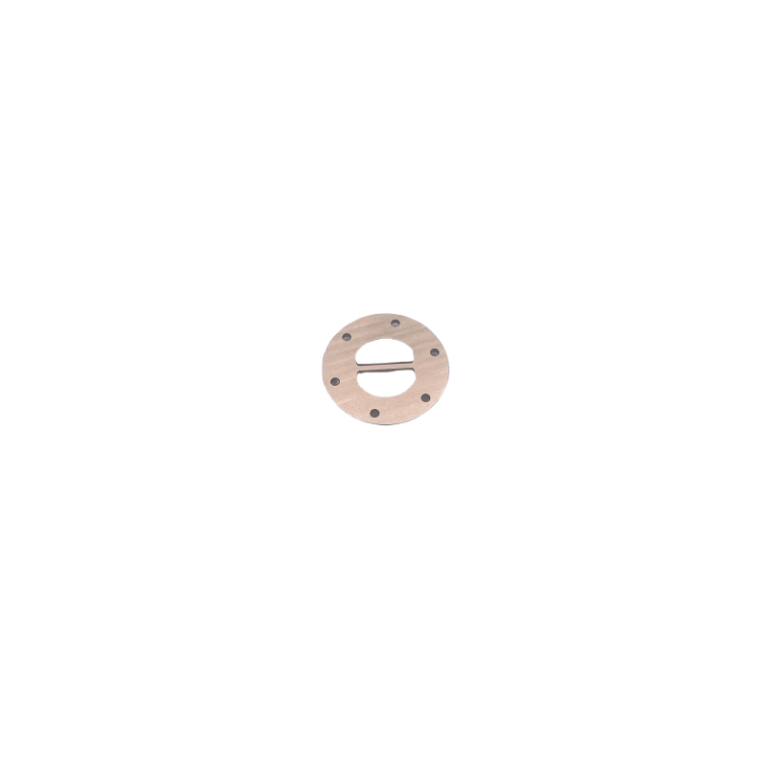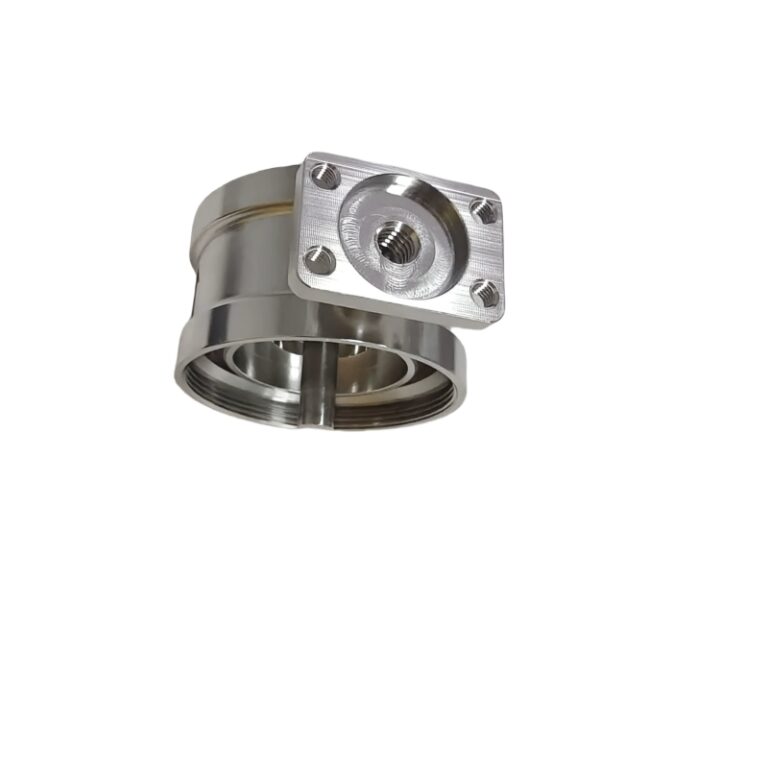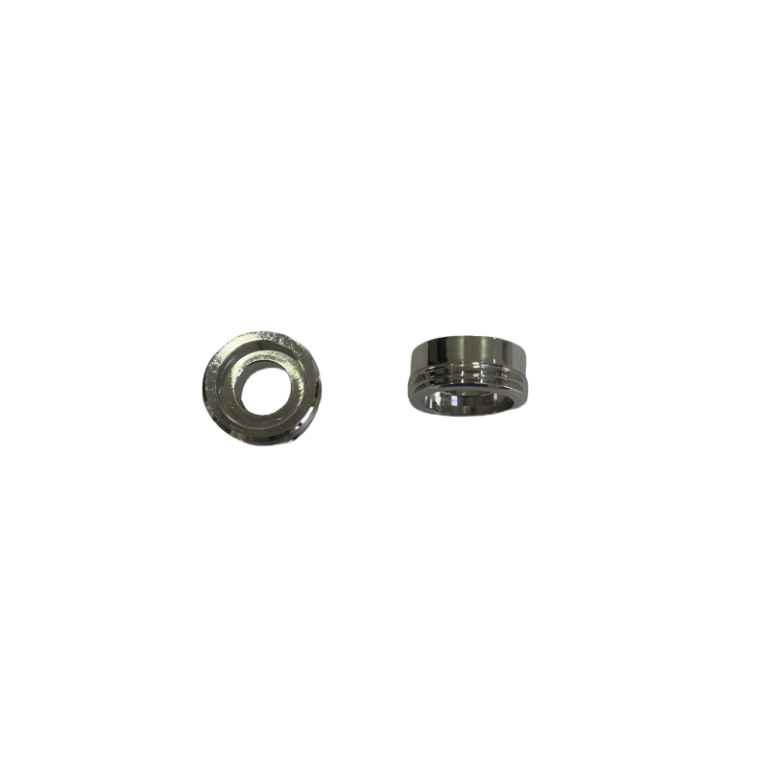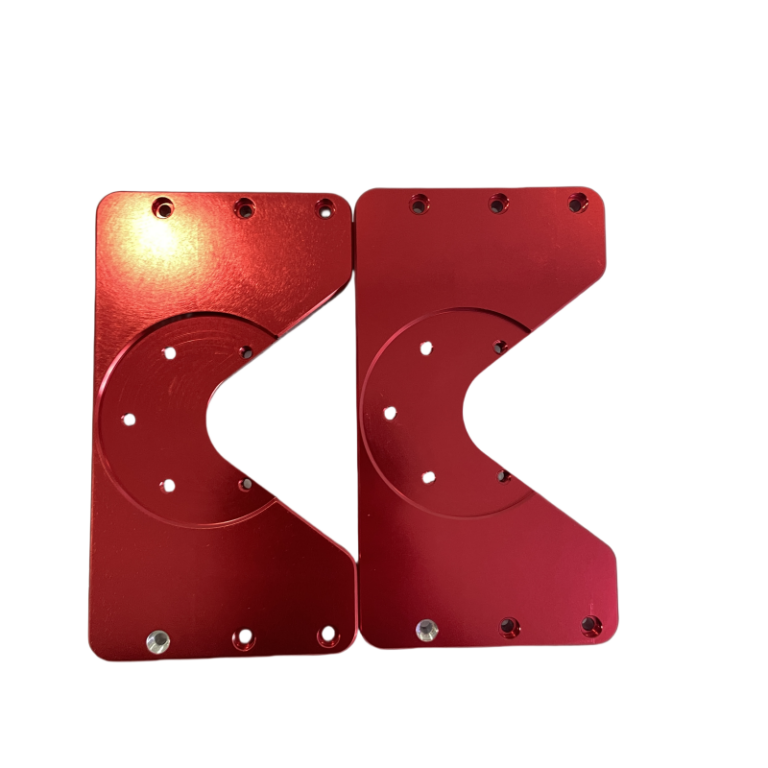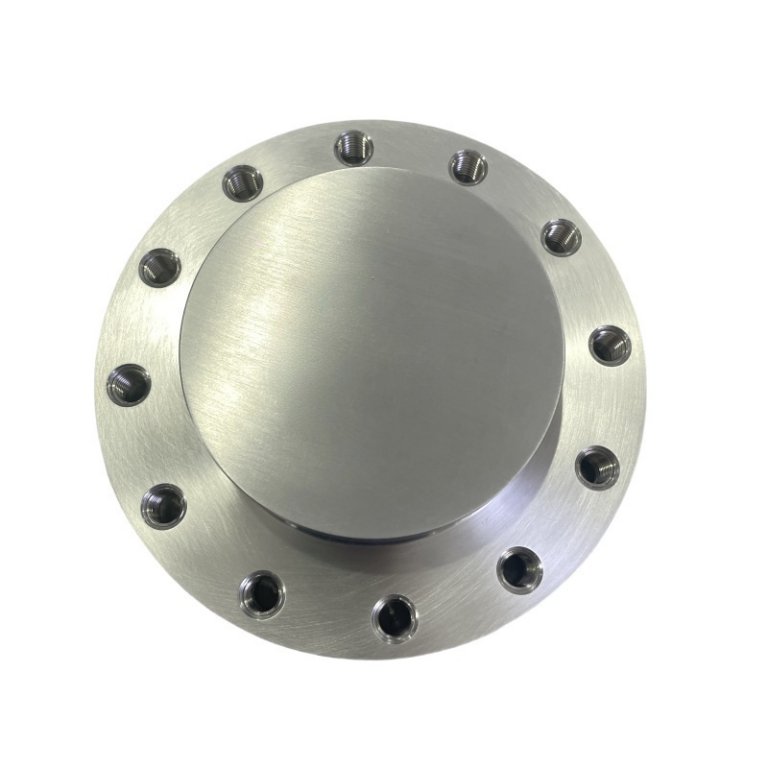Custom CNC machining is a key process in the manufacturing industry, which processes raw materials into the desired shape and size through various machine tools and tools. Custom CNC parts are widely used in multiple industries, including automotive, aerospace, electronics, medical, automation, etc. This article will introduce how to manufacture custom CNC parts at DMTC.
The CNC machining processes flow at DMTC mainly includes the following steps:
1· Design and planning: First, engineers must design detailed processing drawings according to customer needs and product requirements. This step is the basis of the entire process, ensuring that the subsequent processing can operate smoothly.
2· Material preparation: Prepare the required raw materials according to the design drawings. It may include various metal materials, plastic materials, etc. The selection of materials needs to consider the performance requirements of the custom CNC parts, processing difficulty, and cost. The common materials used for custom cnc parts at DMTC are aluminum, stainless steel, brass, copper, titanium, POM, PMMA, Nylon, HDPE, PC, PEEK, and so on. The processing methods will be different for different materials.
3· Setting machining programs: CNC programming is the process of converting design drawings into instructions that can be executed by CNC machines. The main steps include:
- 3.1 CAD modeling: Using computer-aided design (CAD) software to create a three-dimensional model of the workpiece.
- 3.2 CAM programming: Generate CNC codes (such as G-code and M-code) through computer-aided manufacturing (CAM) software. These codes contain detailed information such as tool paths and cutting parameters.
- 3.3 Program simulation and optimization: Simulate the machining process in a virtual environment to detect and correct possible programming errors and path optimization.
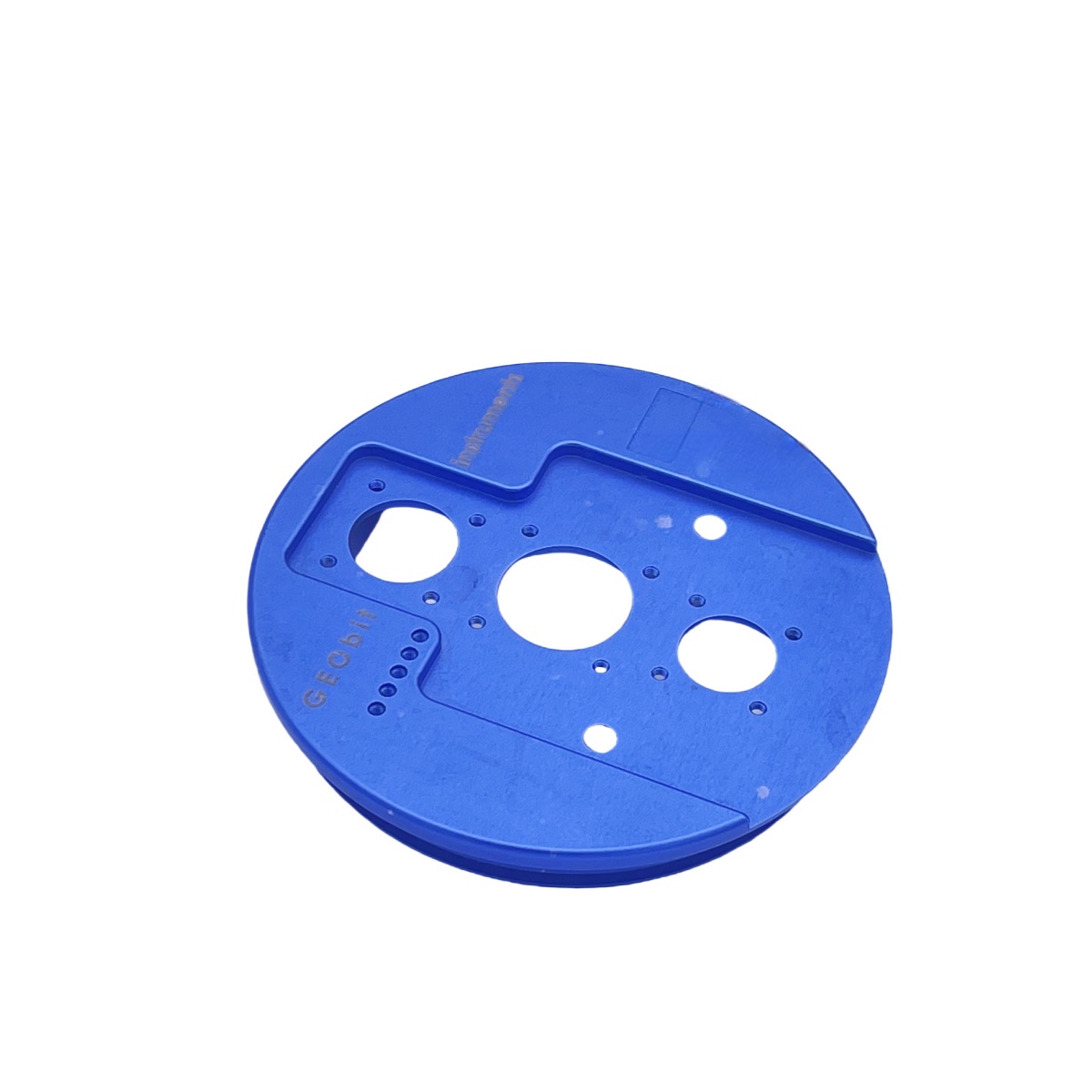
4· Machine tools preparation: according to the processing requirements, select the appropriate machine tools. The machines may include lathes, milling machines, drill presses, grinders, cutting machines, etc. The selection of machine tools needs to consider factors such as machining accuracy, efficiency, and cost.
5. Processing operation: According to the numerical control program, CNC machines automatically perform machining operations:
- 5.1 Roughing: remove most of the material and quickly approach the final shape of the workpiece.
- 5.2 Semi-finishing: improve dimensional accuracy and surface quality in preparation for finishing.
- 5.3 Finishing: achieve the final size and surface quality requirements.
6· Quality inspection: After the processing is completed, strict quality inspection is carried out to ensure that the custom CNC part meets the design requirements and performance standards. This step may include dimensional measurement, material testing, functional testing, etc. Quality inspection is a key step to ensure product quality and performance.
7· Packaging and delivery: Finally, the qualified product is packaged and delivered to the customer. This step requires the safe transportation and on-time delivery of the product. We will provide the tracking number for each order on time.
The important role of machinists in CNC machining at DMTC:
Even if the CNC machining process is automated, CNC mechanics are needed to deal with expected and unexpected failures. The following are the important roles of CNC mechanics at DMTC:
- Find product specifications.
- Read blueprints, sketches, and CAD/CAM files.
- Create CAE models.
- Align and adjust machining tools and other machine materials.
- Install, use, and disassemble CNC machine tools.
- Observe the speed of the machine.
- Inspect and test finished products for defects.
- Make sure the parts are aligned with the CAD model.
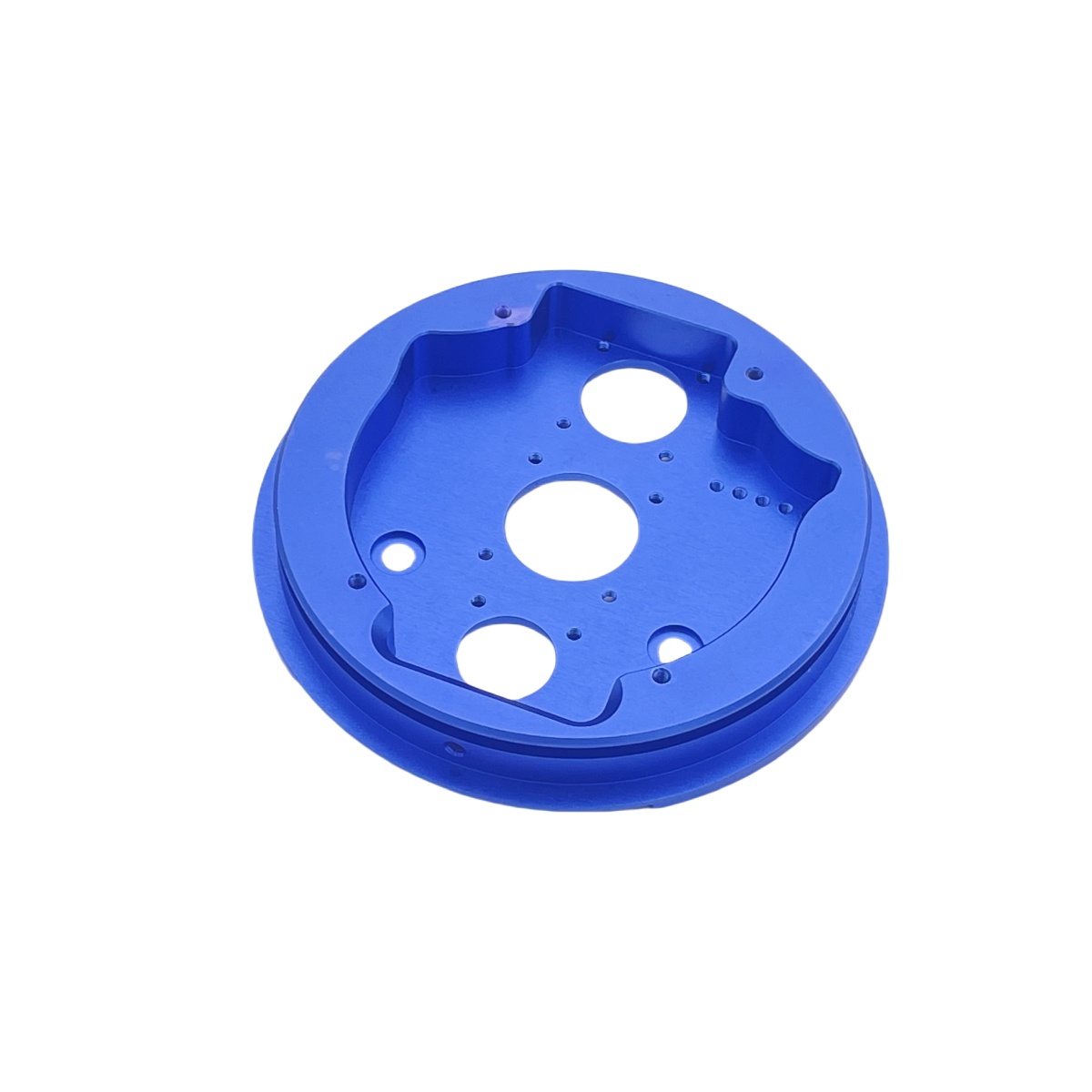
What Are The Common CNC Machining Processes at DMTC?
- CNC Milling: Milling is one of the most popular used CNC machining methods. It uses a rotating tool to remove material from the workpiece to achieve the purpose of custom CNC parts shape and size.
- CNC Drilling: Drilling is a machining method that pushes a rotating tool into the center of a workpiece to form a hole. CNC machine tools can precisely confirm the position and size of the hole by controlling the movement of the tool.
- CNC Cutting: Cutting is a processing method that cuts off the extra material from the workpiece through the relative movement of the tool and the workpiece. It is suitable for the processing of materials such as aluminum and brass and can achieve high efficiency and high precision.
- CNC Turning: Turning is a machining method that rotates the workpiece and moves the tool linearly relative to the workpiece. It can be used to machine custom parts such as threads and external circles with high precision and high surface quality.
- Laser Cutting: Laser cutting is a processing method that uses a high-energy laser beam to cut materials to achieve custom CNC parts It can achieve precise dimensions and fast processing effects and is widely used in the field of custom CNC parts.
As an important part of modern manufacturing technology, CNC machining technology can achieve high-precision, high-efficiency, and complex-shaped custom CNC parts through scientific process design, precise CNC programming, and reasonable process optimization. In the fields of aerospace, automobile manufacturing, medical equipment, and mold manufacturing, custom CNC parts play a vital role and promote the development and progress of the modern manufacturing industry.
Each link requires accurate operation and strict control to ensure the efficiency of the machining process and the quality of the machined custom CNC parts. From this article, you can see that the processing process of custom CNC parts in DMTC is already very complete. We are fully capable of producing custom CNC parts that meet customer requirements. If you have any needs in this regard, please contact us immediately: susan.yu@szdmtc.com

